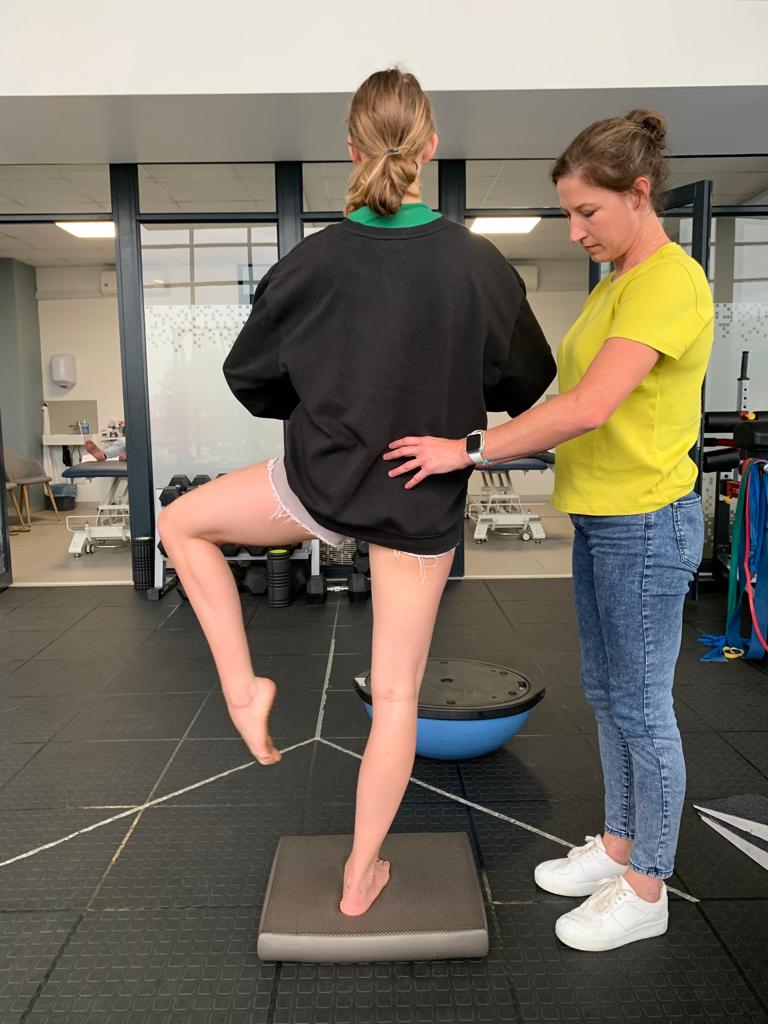We tend to associate back pain with older individuals, with the problems commonly thought of as being associated with normal ‘wear and tear’. But I am alarmed at how back pain is starting to manifest itself in younger age groups – degenerative change does not occur in this population. And if serious pathology like tumours, infection or inflammatory arthritis are ruled out, why do adolescents experience back pain?
With my physio thinking cap on I started wondering what musculoskeletal situations can be a reasonably common driver of significant back pain in teenagers. Is it bone, disc or soft tissue related? Intervertebral discs can be acutely compressed or sprained, bone stress injury can progress to a slipping forward of a vertebrae (spondylolisthesis), abnormal lateral/rotation curvature of the spine (scoliosis) or increased forward curve of the spine due to abnormal growth of the mid-lower spine (Scheurmann’s Disease). But we also need to include soft tissue factors in back pain.
We know that sporting codes like gymnastics, cycling and cricket can place considerable load on backs but inactive children can also present with back pain. So it’s not always that sport is bad for us. Sedentary behaviour among scholars is way more prevalent compared to my schooling many moons ago. Firstly, the school day is a lot longer. Although time spent sitting at the school desk correlates to academic achievement, it also means that movement during a school day is compromised and it leaves less time available for extramural sport participation. Thus PE classes are critical to helping prevent injury from sedentary behaviours and sustained postures.
In a recent conversation with a teacher, I was also made aware of how online schooling can contribute to back pain. Pupils are now slumped on the couch, not seated at an appropriate desk and in a chair with adequate back support. Lack of movement, poor quality school desks, heavy backpacks and last, but not least computers, tablets and phones all contribute to chronic stress on the structures holding kids in these positions and lead to muscle stiffness. Each of that mentioned can put muscles under strain and ‘pull’ our bodies into adaptive postures. Something like “text neck” results from slouching shoulders and a forward head’s position. With your neck in a neutral position there is a force of 4.5kg going through the joints. As the neck bends, this force increases so that at 60 degrees flexion that force is now 27kg! And let’s not forget that a child’s head is relatively bigger in relation to the body.
Recently, I treated a teenager for lower back pain who is a bowler in his school’s cricket team. His back was in enough pain to prevent him from participating comfortably in cricket practice. I was convinced that Sheurmann’s was a factor. But he also had an adaptive posture where his pectoral muscles were as tight as ropes. It was hugely uncomfortable for him as I tried to stretch and release that muscle tension and attempt to improve his upper back mobility. My belief was that posture massively contributed to his overall presentation. In cricket, you need to be able to extend your back and open your chest as part of the bowling action. With inadequate flexibility, forces are redirected to the lower back which, over time, must be hugely uncomfortable and may lead to acute back pain. If that ‘opening’ up can be achieved
it would help to improve posture and move better, both allowing for better sporting performance and pain-free participation. Surely that would make it more fun too!
But long school days and electronic devices are here to stay so in my opinion the most meaningful intervention is exercise. Movement is inexpensive and can be fun. Physio’s love to help people move better. Our toolbox includes hands on techniques to restore function and maintain what we have achieved with thorough rehabilitation.
Viva physio! Viva! Martine Human, Physiotherapist




